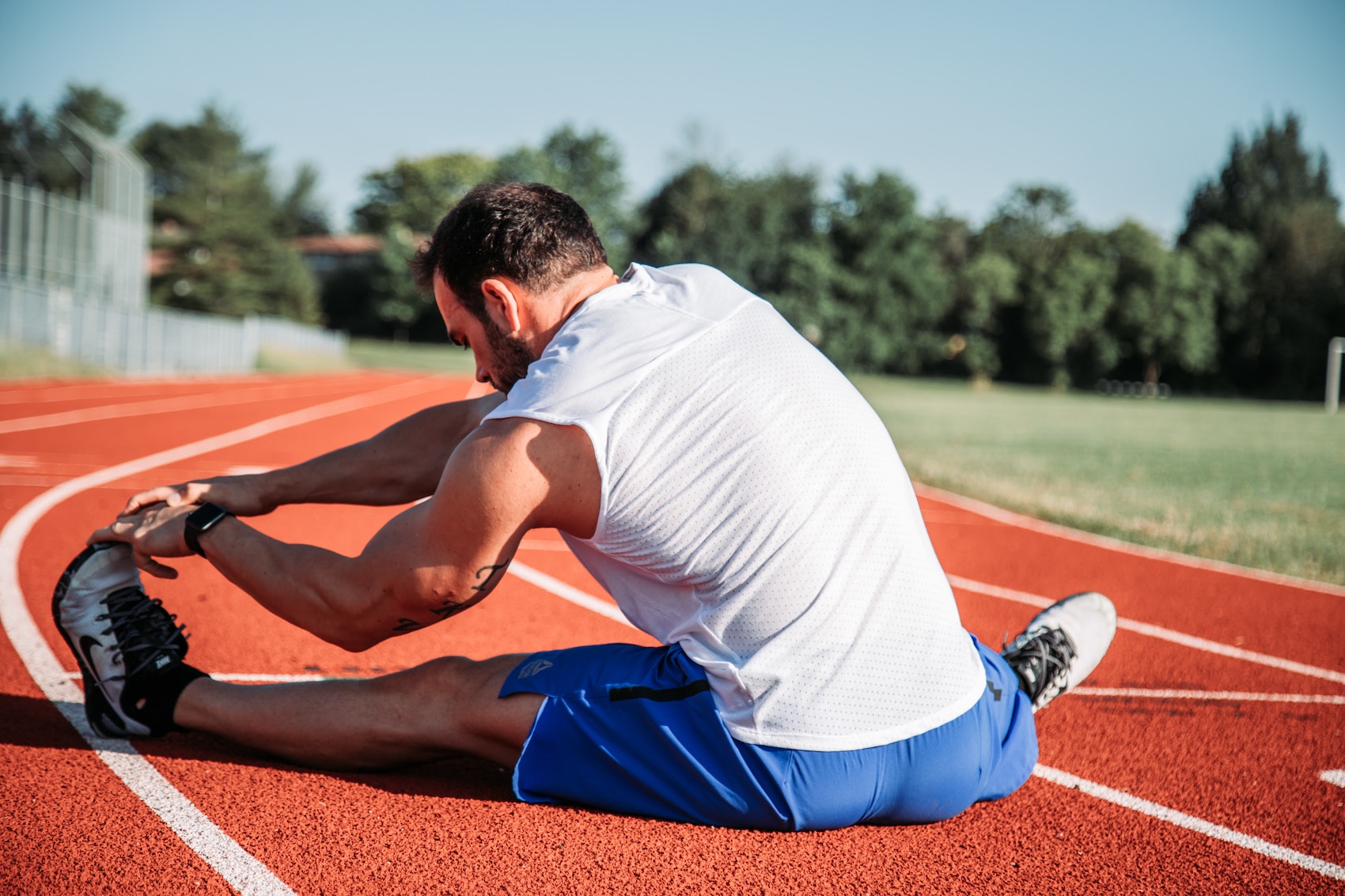Does your knee pain keep coming back? Are you sick of resting your knee only to experience no long term improvement? Here’s the piece of the puzzle you might be missing…
It shouldn’t come as a surprise that the two most common injuries sustained by runners; Patellofemoral Joint Syndrome and Iliotibial Band Syndrome both get referred to commonly as ‘Runner’s Knee’.
Here, we explain why you may be struggling to get any significant long term improvements in your knee pain, particularly if you’re experiencing Runner’s Knee.
What is Runner’s Knee?
Runner’s Knee is a broad term used to describe symptoms that cause pain at the knee joint. As the name suggests, it’s commonly found in people who frequently run. Runner’s Knee commonly relates to one of two conditions: Patellofemoral Pain Syndrome or Iliotibial Band Syndrome.
- Patellofemoral Pain Syndrome is where your pain is primarily located at the front of the knee or under the kneecap.
- Iliotibial Band Syndrome is where your pain is mainly localised to the outside/lateral knee.
Resolving your knee pain in the short term
In the short term, de-loading your knee joint plays a pivotal role in addressing the immediate pain experienced. If you’re a runner, that means staying off the track for a period of time. If you don’t cease the aggravating factors, in this case – overloading your knee joint by running, then your body will continue to produce pain signals as your own internal warning system to stop what you are doing.
It’s reasonable to assume that once you have rested your knee for an adequate period of time you can get right back into running just as you would previously. But this is a precarious misconception. Irrespective of the time you spent in the de-loading stage of healing, the injury will not resolve unless the appropriate strategies to progressively reload are taken.
Why rest alone is not an effective strategy for Runner’s Knee
Rest is not adequate to effectively alleviate Runner’s Knee and achieve a state of full recovery. So, if you’ve been sitting on the couch with your leg up hoping to get back to your running best after a week or two, you may need to rethink your strategy.
This is where the silver bullet ‘optimal loading’ comes in. Optimal loading is our way of describing the process of going from a rest period of de-loading all the way back to full functional capacity.
Optimal loading is key to getting back on the running track
Optimal loading comprises every aspect of getting back to feeling 100% and even beyond your pre-injury level! With an effective strategy that includes optimal loading, you’ll be hitting your BP’s in no time!
By optimal loading, you make sure that you maximise your current capacity at any one point in time without the risk of re-developing injury. By following this method you will inevitably spend less time on and off the track, in and out of treatment rooms and more time cruising through the benefits of giving the body what it needs!
The factors affecting your recovery of Runner’s Knee
There are many factors that need to be taken into consideration when it comes to the management and recovery of Runner’s Knee. These can be broken down into internal and external factors:
Internal factors
- Stage of recovery
- Pain levels
- Lower limb (hip, knee, ankle) stability and strength
- Running pattern (the body’s dynamic biomechanics)
External Factors
- Running distance
- Running intensity
- Footwear
- Running surface
- Other leg activity (e.g. gym or work-related factors)
The internal factors are the problems that should be addressed in conjunction with your health professional such as an osteopath, exercise physiologist or physiotherapist. The hands-on treatment should be further reinforced with the use of rehab advice so that you can progress outside the treatment room.
The external factors are the elements you need to keep in mind when gradually returning to activity. For example, jogging on softer surfaces such as grass and beginning at a lower intensity before slowly picking up the pace, or even looking to see your due for a footwear update.
In order to fully recover from Runner’s Knee and prevent future injuries, a management plan that incorporates a de-loading and optimal loading strategy as well as one that addresses the many internal and external factors is needed.
If you’re looking to overcome your Runner’s Knee once and for all, book an appointment with our osteopath team. Marissa practices from both our Geelong and Ocean Grove Clinic and has a keen interest in helping people recover from injury and getting back to the form performing at their best.
To book an appointment, click here.
